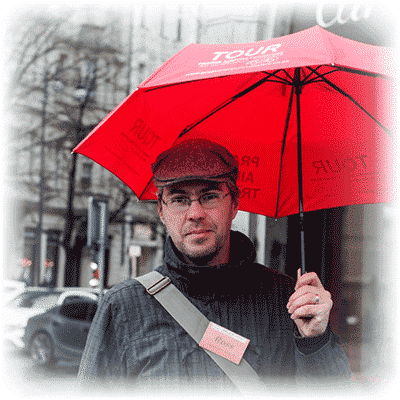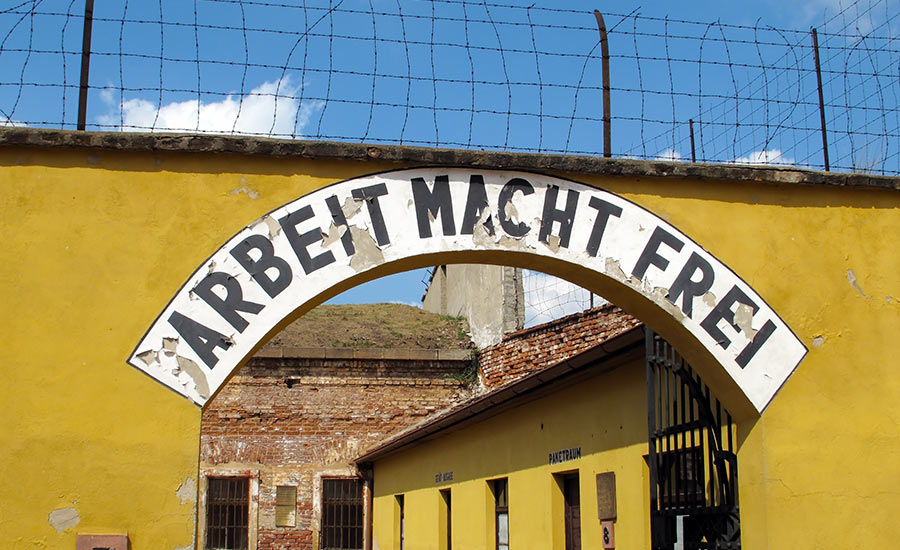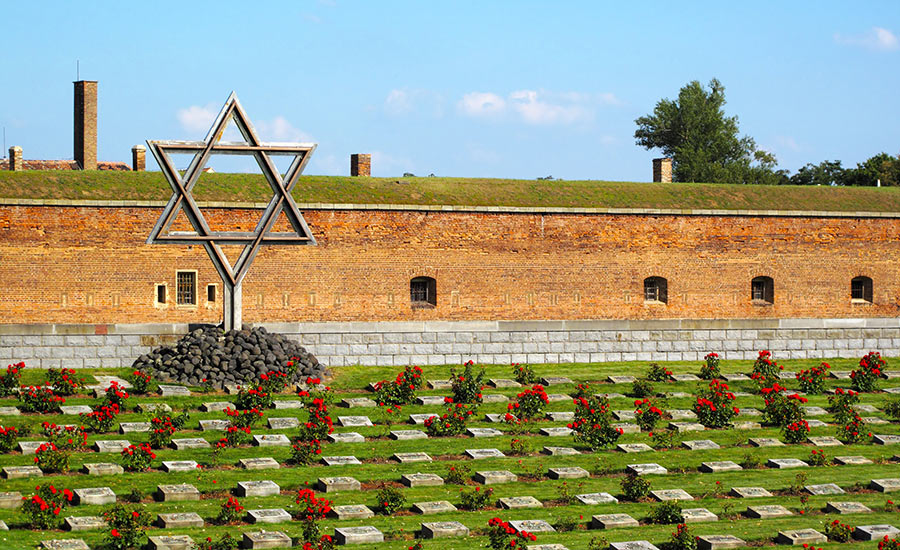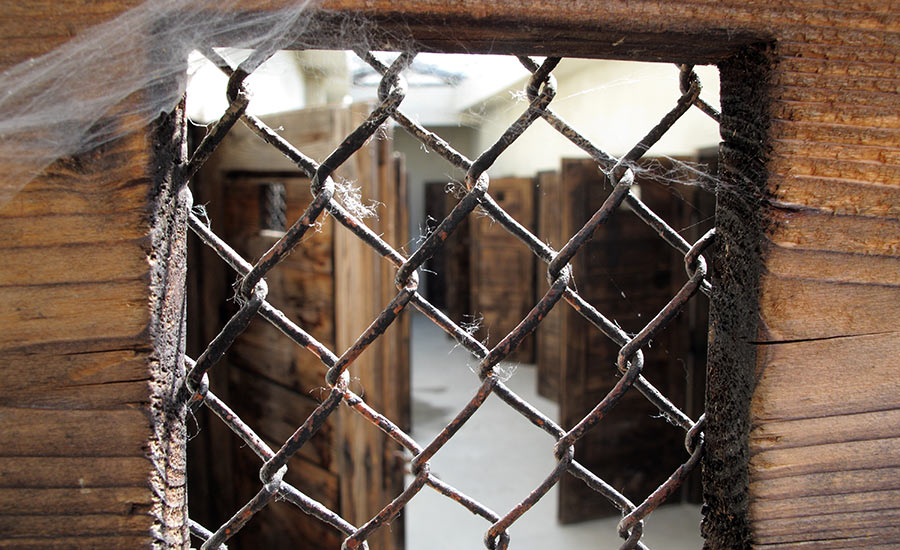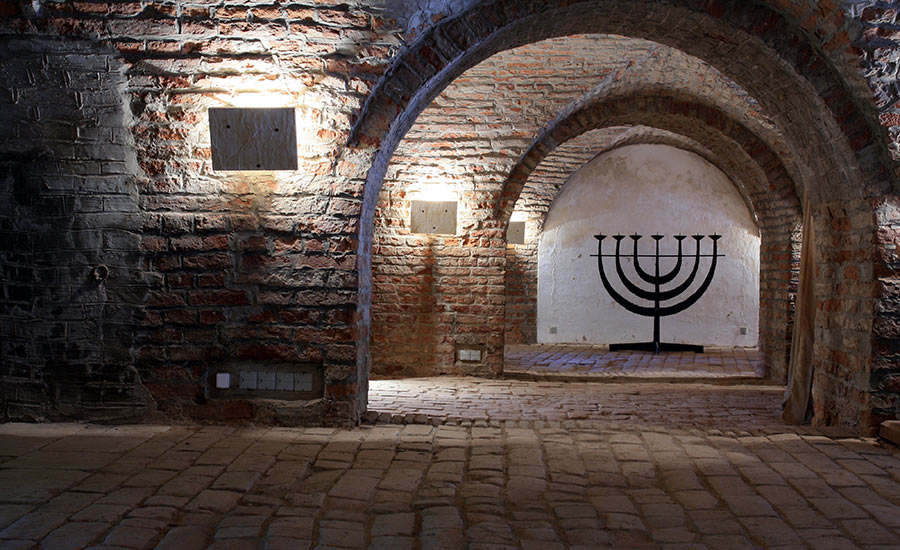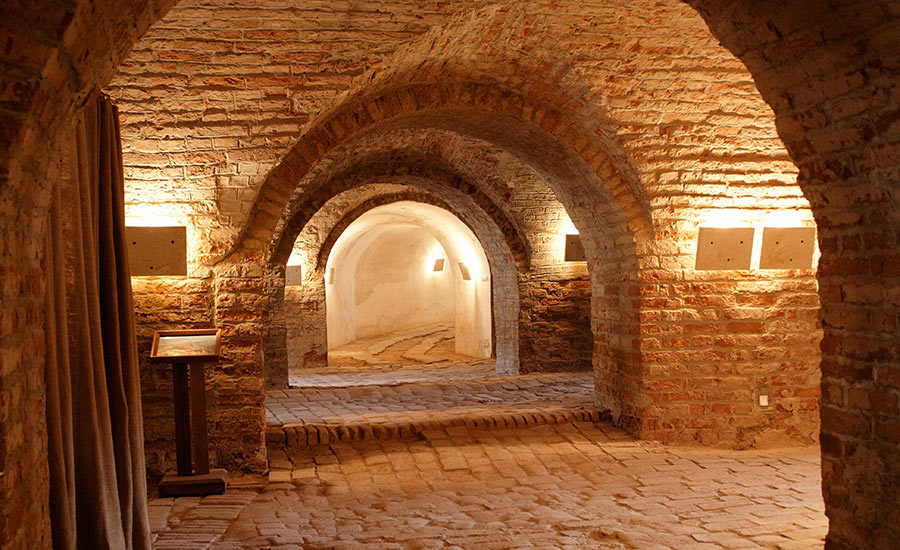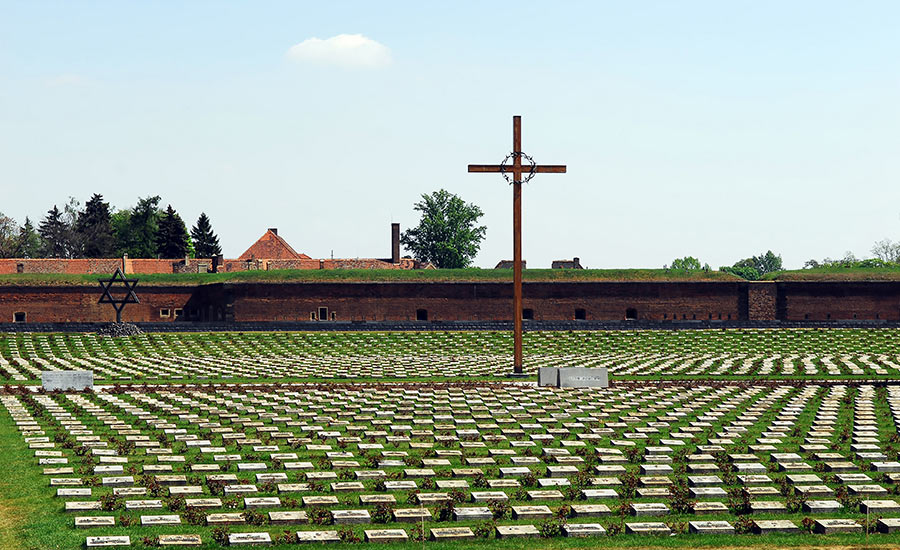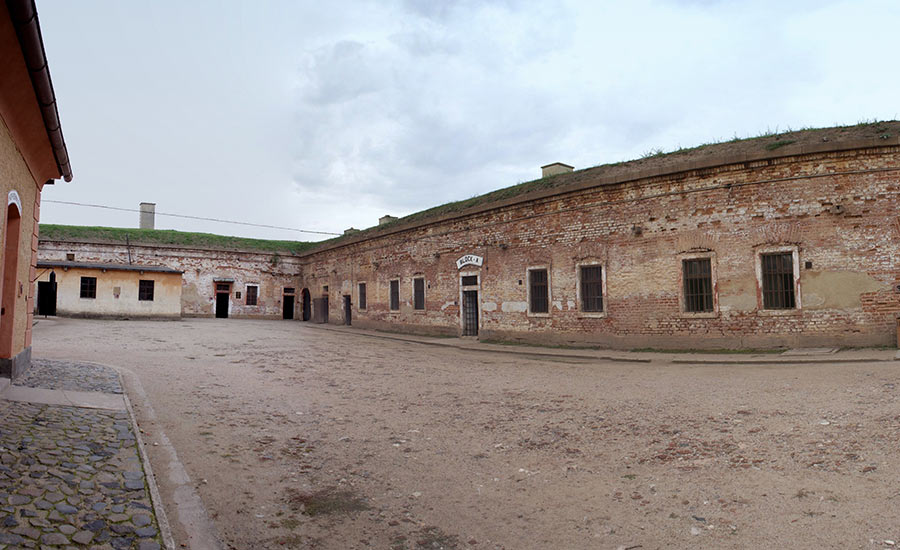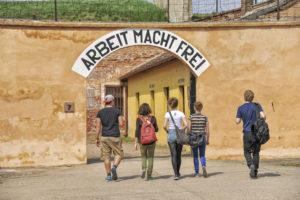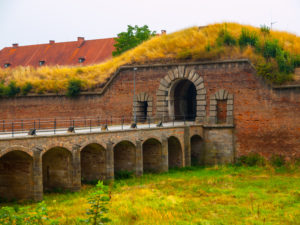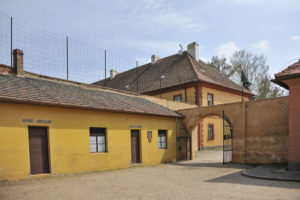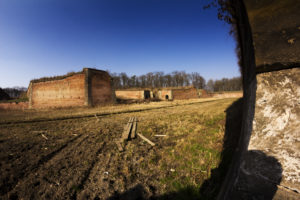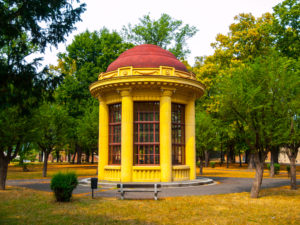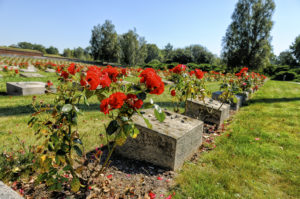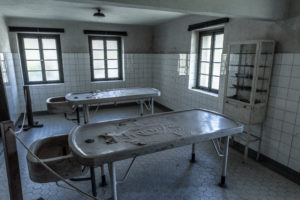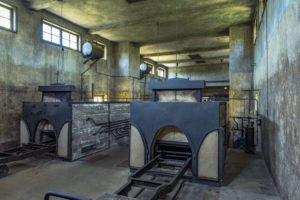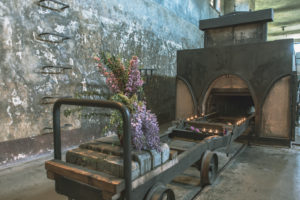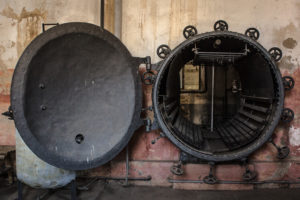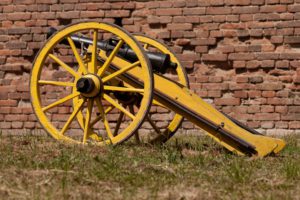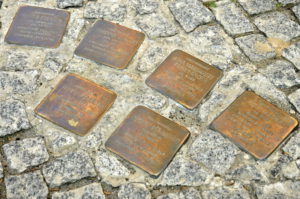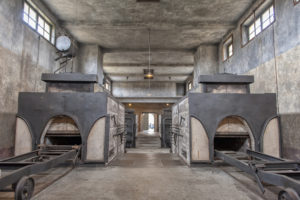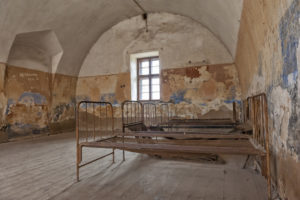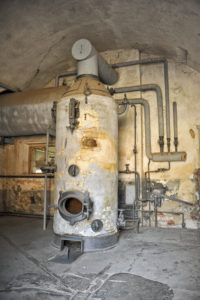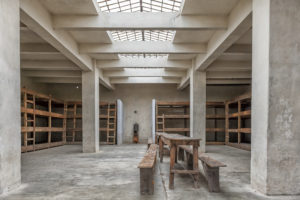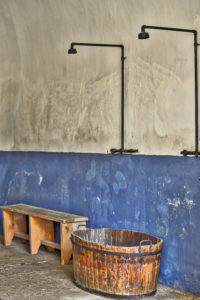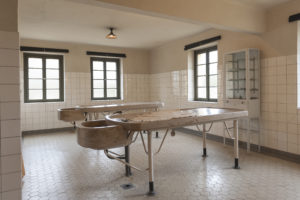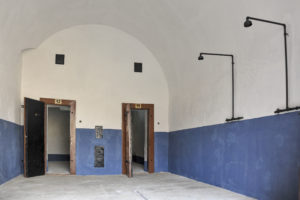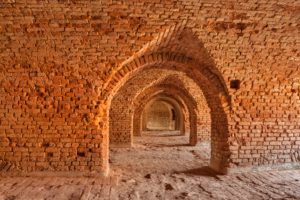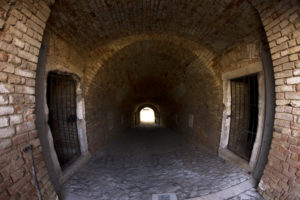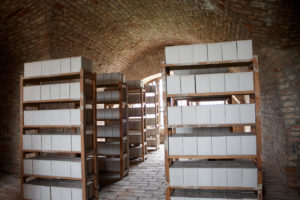5.5 Hours Excursion
Theresienstadt - Half Day Trip from Prague
The massive citadel of Terezín (Theresienstadt), with more than 4km of walls, was originally a military garrison and fortress built in the 18th century by Emperor Joseph II and used as a defence against Prussian aggression. During WWII, the Nazis used Terezín as a transit camp and prison of the Prague Gestapo. Remember the sad history of the Jews in the Museum of the Ghetto, where more than 150,000 Jews were sent, and although it was not an extermination camp, at the end of the war, there were just 17,247 survivors.
Private Tour Details
Price excludes: Terezín entrance fees. The entrance fee to the Terezín Memorial ranges from CZK 160 to CZK 210 per person and should be paid directly by the customer.
Price includes: Return transport from Prague back to your hotel, waiting fee at Terezín and optional driving from Terezín to Litoměřice (3km north of Terezín). Litoměřice is a good place to have lunch (the square has a choice of good eateries) as eating in Terezín is very limited.
Recommended for: groups, couples, student groups, elderly and single travellers.
Travel time (one way): approx. 45 to 50 min.
Visitor Information: the Museum of the Ghetto and the Minor Fortress have shops that stock reading material in several languages.
Terezín Memorial
Over 150 000 men, woman, and children were deported to Terezín from the Czech lands, Germany, Austria, the Netherlands, Denmark, Slovakia and Hungary; 35 000 died.
You can witness the rooms for prisoners, perhaps the size of a two-car garage which held 25-30 people, with no electricity and no running water—the "isolation cells" rooms big enough to have a twin bed, not too much else. You can also see the cemetery just outside the fortress where thousands of political prisoners were buried.
Terezín will be a very intense experience, a focal point for everything you've seen in films and read in books about the Holocaust. It will also help you view events in your own life with a new perspective; while visiting Prague, tear yourself away from the beautiful city to spend a day in Terezin. We must never forget!
Seeing the Camp
Once inside the Major Fortress, you'll instantly be struck by its drab, plain streets. Just off the central square lies the Museum of the Ghetto, chronicling the rise of Nazism and life in the camp. English pamphlets describing the exhibits are provided. A 10-minute walk from the Major Fortress over the Ohre River takes you to the Minor Fortress. In front of the fortress's main entrance is the National Cemetery, where the bodies exhumed from the mass graves were buried. As you enter the main gate, the sign above it, ARBEIT MACHT FREI (Work Sets One Free), sets a gloomy tone. You can walk through the prison barracks, the execution grounds, the workshops, and the isolation cells.
Terezín after WW II
After the German surrender, the small fortress was used as an internment camp for ethnic Germans. The first prisoners arrived on May 10, 1945. On February 29, 1948, the last German prisoners were released, and the camp was officially closed. On the one hand, the interned Germans were former Nazis like Heinrich Jöckel, the former Commander of Terezín and other SS members. On the other hand, a great group of internees was arrested simply because of their German nationality, among them young boys of 12 years or elderly.
In the first phase of the camp, lasting until July 1945, mortality was high due to diseases, malnutrition and incidents of simple outright murder. In that period, the Commander of the camp was Stanislav Franc, who had been a prisoner of the camp under the Nazis since 1944. He was guided by a spirit of revenge and tolerated any mistreatment of the prisoners by the guards.
In July 1945, the camp shifted under the control of the Czech Ministry for Domestic Affairs. The new Commander appointed was Otakar Kálal. From 1946 on, the inmates were gradually transferred to Germany, and Terezín increasingly became a hub for the forced migration of Germans from the Czech lands into Germany proper.
A small exhibition nowadays reminds us of the history of Terezín as an internment camp for Germans.
Lidice
Lidice is a small village near Prague. This place is also connected with the dramatic events of the year 1942. In May 1942, the German protector SS-Obergruppenfuhrer R. Heydrich, who established the Terezín Jewish concentration camp, was killed by Czech partisans, and the Gestapo started hunting them. Although there was insufficient proof of the involvement of Lidice citizens, the Nazis decided to burn the village to the ground. The men were shot, the women and children were taken to concentration camps, and a few children were given to German families for re-education. You will visit the Memorial of Lidice and a small museum in Rose Park, which is the location of the tragedy.
If you wish, you can combine a visit to Terezín with a trip to the Lidice Memorial. Please contact us for a price quote.


